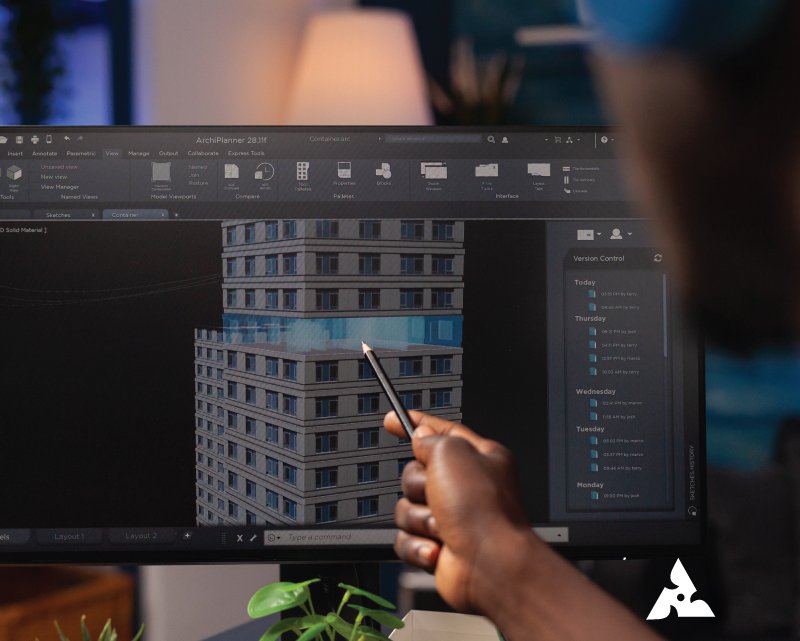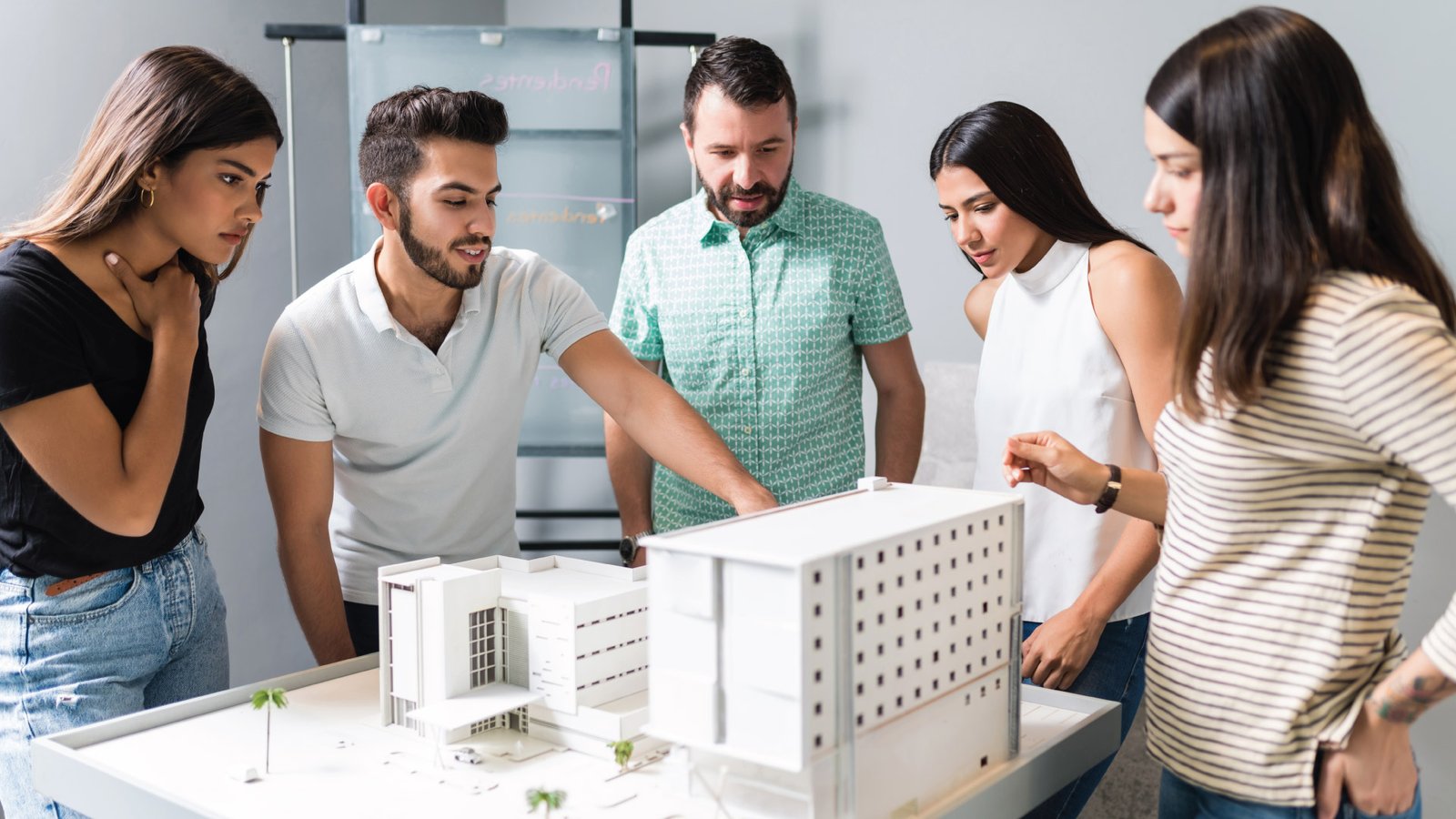Basics of Engineering Model-Making The concept of ‘Engineering Model-making’ is on similar lines as the industrial model-making read more The Engineering model is used to visualise large-scale industrial projects and products. Engineering Model Making – Introduction Engineering model making can be defined as the art of building scaled models representing a vision of a full-sized project or product. It is a 3-dimensional representation of a highly complex industrial product, equipment, or structure design. These models are used as the prototypes of the original project or a product. Engineering model making is very useful in the Aerospace, Manufacturing, Automotive, Aviation, Medical Devices, Aeronautics, Utilities, Mechanical, Shipbuilding, Industrial Products and Oil and Gas industries. These models can be made for the following products (an indicative list): Types of Engineering models Four different types of engineering models are developed by top engineering model makers company: 1. Conceptual design model The conceptual design model is built in the initial stages of the project to get a basic understanding of the design feasibility; rectification of technical flaws or correction of any engineering design errors at the conceptual level itself. This model is made with low-cost material therefore can be built-rebuilt multiple times. This technique for creating models helps in improving the design. 2. Working model Working model is the next stage in scale model-making. Once the conceptual designs are finalized after trials, then a working model is prepared. This model type will showcase the functionalities of the actual product or projects. The working models are a good option to showcase product prototypes. 3. Presentation model Presentation model type is solely used for presentation purposes in exhibitions, trade fairs, offices, courts, etc. They are made visually effective keeping the fact in mind that it will give the viewers an idea of the actual product or project. 4. Cut or cross-section model Cut section model (it is also called a cross-section model) type is used to highlight the internal elements of the products while maintaining the outer look. The model is analyzable to demonstrate the mechanism or a technical aspect of the internal sections making it easier to understand.In these model types lighting factor is given great importance. Lighting gives the model its true visual and visual quality and highlights all the right aspects of the project or product. Material used for building Engineering models The engineering model makers use many different types of materials to achieve the expected shape and design for their models. The materials comprehensive used in engineering model-making are: Wood Foam Industrial grade acrylic Cardboard Metal (rods, screws) Glass PVC (pipes) ABS rode High impact polystyrene resin (HIPS resin) PLA plastics – 3D printer material (flanges, coils, fans, pins) Technology in Engineering models The technological development in model making has made it less troublesome and more cost-effective. The model-makers are using 3D printing to build elements for the models. The elements that need intricate work or show specific parts in a product model like fans, coils, flanges, pins, or human figures, landscaping elements in project models are getting 3D printed. The 3D printing helps in highlighting the nuances of the design thus making the model visibly appealing and functionally useful. Uses of Engineering model making: The engineering models can be used for various purposes: 1. Presentation model The engineering models help you in visualizing the complex processes, structures, and designs of a project (factory, industry, plant) or a product (equipment, machinery, setup, etc.). The engineering model finalization process pretty much gives the designers an idea of how the outcome will look like. 2. Supports during sales presentations It gives a clear view and understanding to the interested buyers/stakeholders and generates their interest in the project or the product. This helps in converting potential into customers. 3. Builds investor confidence Maadhu Creatives is one of the best engineering model maker in Mumbai (India). They are a top-rated and trusted engineering model making company in India. They stand out in the work they deliver and have made great strides towards the progress of engineering model-making by introducing the latest technology and innovation. 4. Utilized for educational purposes Engineering models are an integral part of Universities teaching technical subjects, Science centers where they showcase various interesting scientific aspects and working models, Employee training in technical aspects, etc. 5. Facilitates inspection by the authorities The detailed engineering models for industrial projects enables sharing minute details with the concerned authorities thus answering all their queries. This facilitates quick approvals. 6. Presentation in exhibitions, and trade fairs One of the most important reasons to build a model is that it is the most cost-effective way of representing a project or product ideas in exhibitions and trade fairs.The engineering models also help in developing credibility in the eyes of the investors by showing the vision of the things to expect from a project or a product. This keeps the investors curious and engaged in the project to support it financially. Thanks for reading Share via social media Instagram Facebook Twitter










